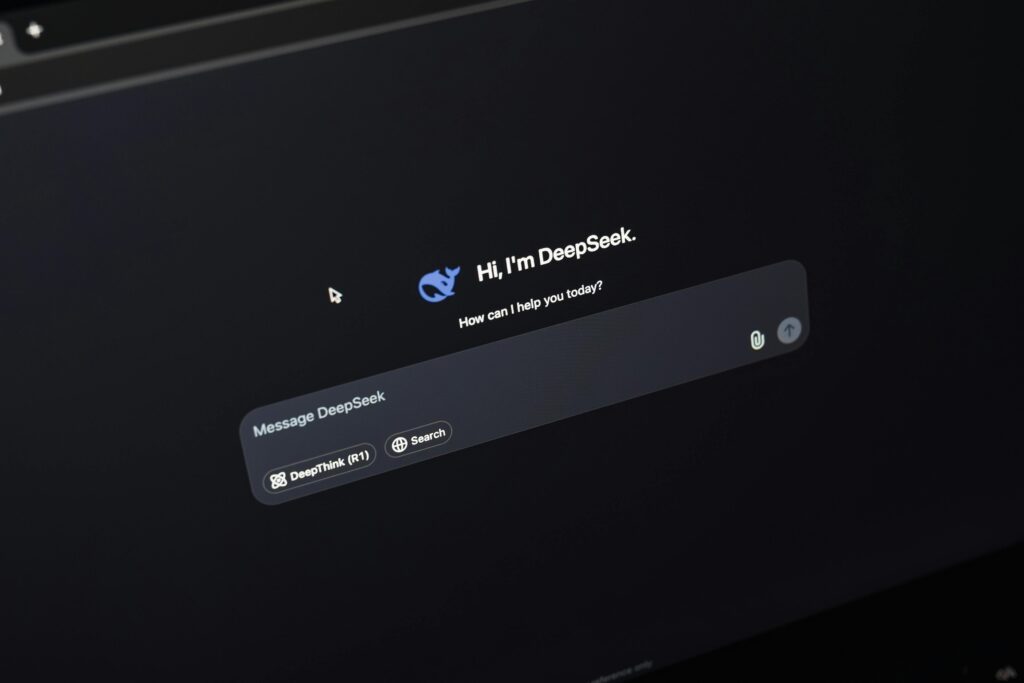Artificial Intelligence, or AI, is no longer a futuristic concept found only in sci-fi movies. It’s now a part of our everyday lives—from voice assistants like Siri and Alexa to personalized recommendations on YouTube and Netflix. For students, the idea of learning AI might sound intimidating at first, but the truth is, it’s more accessible than ever. With the right resources and mindset, anyone can begin exploring this fascinating field—even with zero experience in programming or computer science.
So why should students start learning artificial intelligence today? The answer is simple: AI is shaping the future. Whether it’s healthcare, finance, education, or entertainment, AI is transforming how things work. By learning AI early, students can gain a powerful edge in their academic and professional lives. It opens up exciting career paths, encourages problem-solving skills, and gives students the ability to create smart tools and apps that can make a real impact.
Getting started with AI doesn’t require expensive courses or high-end computers. There are beginner-friendly tools designed especially for learners. One of the most popular is ChatGPT by OpenAI, which allows students to interact with an AI in real time. You can use it to ask questions, get explanations on complex topics, or even generate code. It’s like having a tutor who’s available 24/7. Another great option is Google’s Teachable Machine—a tool that lets you train your own simple AI models using images, sounds, or poses, all without writing a single line of code. For younger learners or school students, Scratch (combined with machine learning extensions) offers a visual way to grasp AI concepts by creating fun, interactive projects.
Learning platforms also offer free courses tailored for beginners. Coursera’s “AI for Everyone” by Andrew Ng is a fantastic introduction to AI, explained in a way that’s easy to understand without any technical background. For those who are ready to try coding, Kaggle’s “Intro to Machine Learning” and Google’s Machine Learning Crash Course provide practical, hands-on tutorials using Python—a language that’s widely used in AI development.
As you begin your journey, try working on small projects to put your knowledge into action. For instance, you could build a basic chatbot, design a simple recommendation system, or use Teachable Machine to create a model that can recognize hand gestures or facial expressions. These small wins not only boost your confidence but also give you a glimpse into the real-world applications of AI.
There’s also no shortage of helpful content on YouTube. Channels like Simplilearn, freeCodeCamp, Codebasics, and Tech with Tim regularly post tutorials, project walkthroughs, and concept explanations. Watching videos can make learning more engaging and help you better understand tricky topics.
To truly succeed in learning AI, remember to start with the basics. Learning Python is a great first step—it’s beginner-friendly and widely used in AI. Make it a habit to practice regularly and don’t be afraid to make mistakes. Join online communities on Reddit, Discord, or Kaggle to connect with fellow learners, ask questions, and share your progress.
In conclusion, artificial intelligence is not just for engineers or researchers—it’s for curious students like you who want to explore the future. With free resources, beginner tools, and a little dedication, you can start your AI journey today. Remember, the sooner you start learning, the more you’ll grow alongside this exciting technology.

